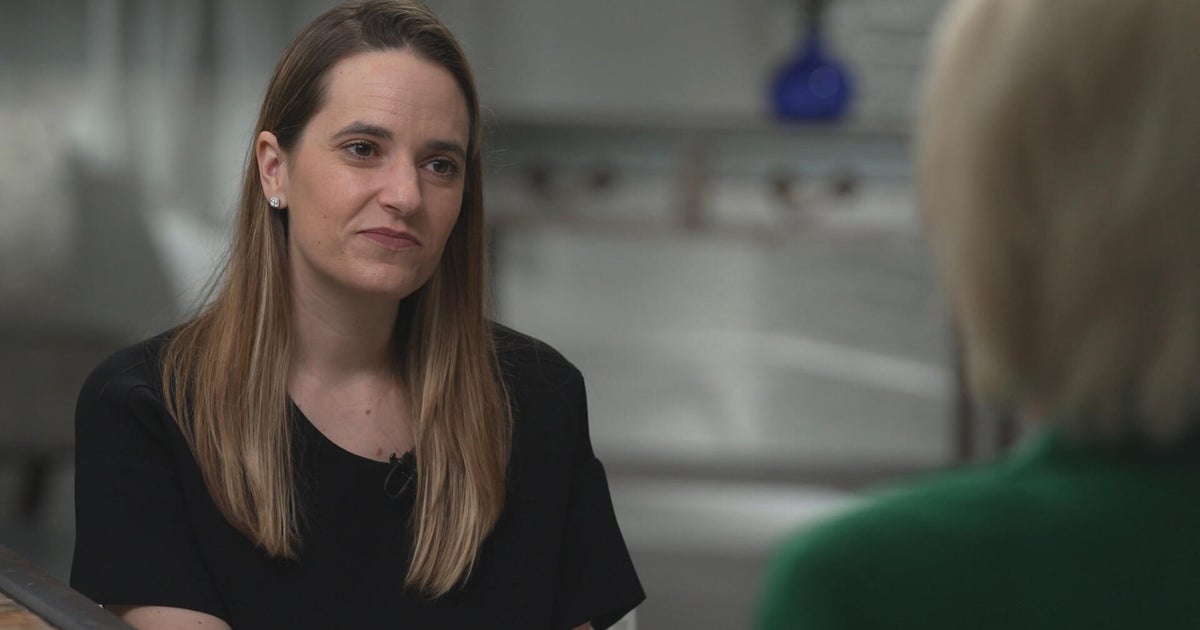The Hidden Costs of Egg Freezing: What You Need to Know
As more women delay childbearing for career or personal reasons, egg freezing has surged in popularity as a fertility preservation option. However, beyond the initial procedure lie significant financial, emotional, and physical costs that many overlook. From hormonal medications to long-term storage fees, understanding the full scope of expenses—often totaling $15,000 to $30,000 per cycle—is critical for making an informed decision.
The Financial Breakdown of Egg Freezing
The upfront cost of a single egg-freezing cycle typically ranges between $10,000 and $15,000, covering ovarian stimulation, monitoring, and egg retrieval. Yet this is just the tip of the iceberg. Additional expenses include:
- Medications: Hormonal drugs to stimulate egg production can cost $3,000 to $6,000 per cycle.
- Storage fees: Annual cryopreservation fees average $500 to $1,000, compounding over time.
- Thawing and IVF: Future use of frozen eggs requires in vitro fertilization (IVF), adding $5,000 to $12,000 per attempt.
According to a 2022 report by FertilityIQ, fewer than 20% of U.S. employers cover egg freezing, leaving most women to shoulder the burden. “Many patients are shocked by the cumulative costs,” says Dr. Rebecca Simmons, a reproductive endocrinologist. “It’s not a one-time payment but a long-term financial commitment.”
Physical and Emotional Considerations
Beyond finances, egg freezing involves rigorous hormonal treatments and invasive procedures. Side effects like bloating, mood swings, and rare risks of ovarian hyperstimulation syndrome (OHSS) are common. A 2021 study in Human Reproduction found that 30% of participants reported significant stress during the process.
Psychologist Dr. Lisa Monroe notes, “Women often underestimate the emotional toll. The pressure to ‘bank enough eggs’ and uncertainty about future success can lead to anxiety.” Support groups and therapy are increasingly recommended to navigate these challenges.
Weighing the Pros and Cons
Proponents argue egg freezing offers reproductive autonomy, especially for women in high-pressure careers or those awaiting a partner. “It’s an insurance policy against age-related infertility,” says fertility advocate Jenna Carter. However, critics highlight the lack of guarantees: Only about 12-15% of thawed eggs result in live births for women over 38, per the Society for Assisted Reproductive Technology.
Alternatives like elective embryo freezing (often more successful but requiring sperm) or adoption are frequently overlooked in the conversation. “Patients need realistic expectations,” emphasizes Dr. Simmons. “This isn’t a fertility cure-all.”
Navigating the Decision: Key Questions to Ask
Before committing, experts recommend evaluating:
- Age and ovarian reserve: Success rates decline sharply after 35.
- Clinic success rates: Compare live birth data from the SART database.
- Insurance and financing: Explore grants, payment plans, or health savings accounts.
The Future of Egg Freezing
As technology advances, costs may decrease, and success rates could improve. Companies like Apple and Google now include egg freezing in benefits, signaling a cultural shift. Meanwhile, advocacy groups push for broader insurance mandates and transparency in pricing.
For those considering the procedure, thorough research and consultations with financial advisors and fertility specialists are essential. While egg freezing opens doors, understanding its hidden costs ensures women can walk through them with eyes wide open.
Next steps: Request a personalized cost estimate from a certified clinic and explore fertility preservation grants through organizations like the Baby Quest Foundation.
See more WebMD Network



